Mofongo, a dish steeped in tradition, stands as a testament to Puerto Rico’s culinary diversity and its African heritage. This hearty meal, a mosaic of flavors, is crafted from plantains, the island’s staple, which are fried, mashed, and mixed with garlic and pork cracklings. It’s not just food; it’s a narrative of resilience and celebration, a symbol of Puerto Rican identity that resonates with every bite.
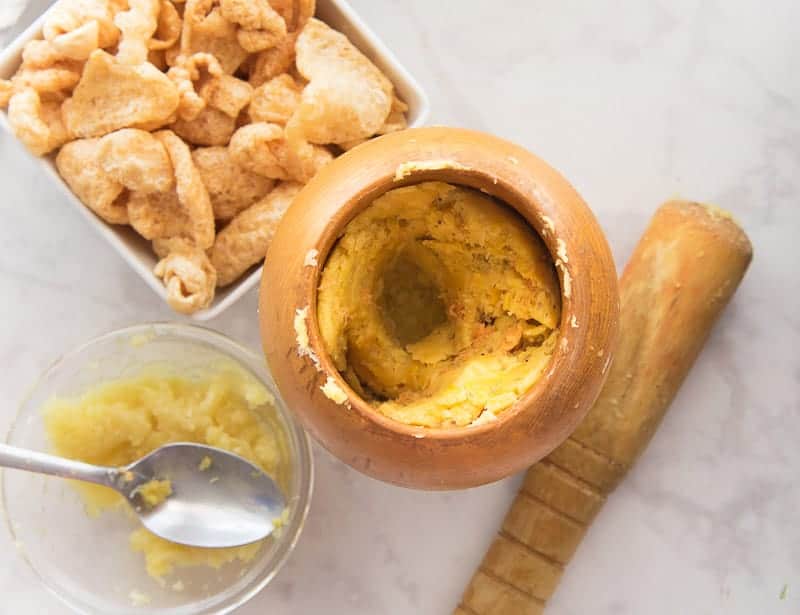
As we peel back the layers, we uncover the African origins of Mofongo, its evolution on the island, and how it has become an integral part of Puerto Rico’s gastronomic soul. Whether served in a bustling San Juan eatery or during a festive family gathering, Mofongo is a culinary experience that connects people to the island’s spirited culture.
The African Pulse in Puerto Rican Cuisine
Mofongo’s Journey Across the Atlantic
The tale of Mofongo begins not on the sunny shores of Puerto Rico but across the Atlantic, in the heart of Africa. Its essence is traced back to a similar African dish known as ‘fufu,’ a staple meal made from starchy root vegetables. Brought to the Caribbean by African slaves, fufu found a new identity as Mofongo, adapting to the local ingredients and tastes of Puerto Rico.
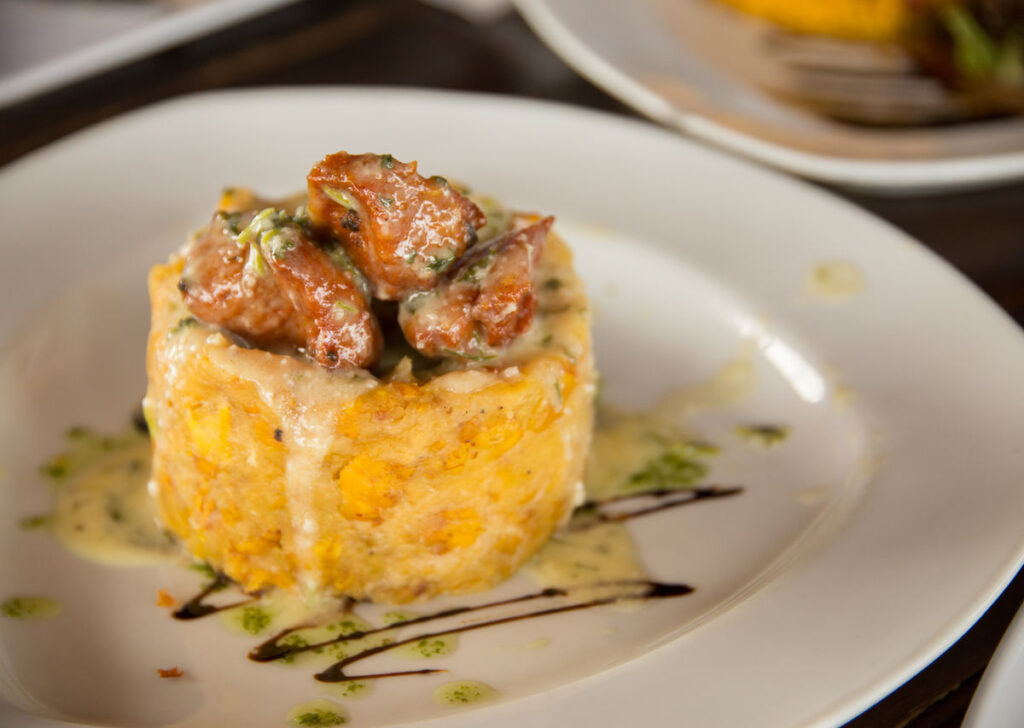
Essential Ingredients for Mofongo That Tell a Story
Plantains, the backbone of Mofongo, are indigenous to Southeast Asia but have become synonymous with Caribbean cuisine. In Mofongo, they are sliced, fried, and then pounded to create a dense, flavorful base. Garlic, introduced by Spanish settlers, and pork, a product of the Taíno and Spanish influence, are ground with plantains, infusing the dish with a robust flavor profile that is uniquely Puerto Rican.
Plantains: The Staple Transformed
The transformation of plantains in Mofongo is a culinary metaphor for Puerto Rico’s history—diverse influences melding to create something new. The plantains are fried to a golden crisp, then mashed with a pilón, a traditional wooden mortar, and pestle, which itself is a culinary artifact passed down through generations.

Garlic and Pork: The Flavor Enhancers
Garlic and pork are more than just ingredients; they are the aromatic heart of Mofongo. The garlic is crushed to release its pungent essence, while the pork, often in the form of chicharrones (crispy pork skins), adds a savory depth and textural contrast.

The Art of Mashing: Technique and Tradition
The art of mashing is central to Mofongo’s preparation. It’s a skillful process that requires strength and finesse, ensuring that the ingredients bind together without becoming too pasty. This technique has been perfected over centuries, becoming a ritualistic dance between the cook and their pilón.
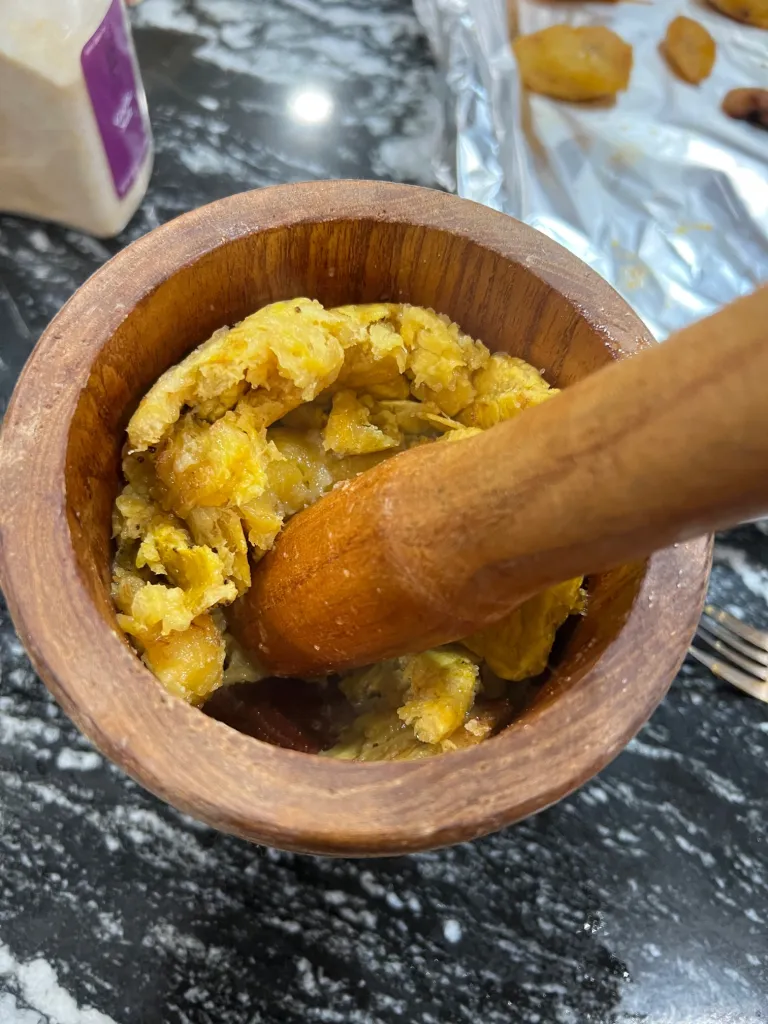
For a deeper dive into what makes a perfect Mofongo, check out our guide on the essential ingredients for authentic Mofongo.
Mofongo on the Puerto Rican Table
Mofongo graces both the everyday and festive Puerto Rican table, reflecting the island’s spirit. It can be found in humble food stalls and upscale restaurants alike, often served with a side of chicken broth or topped with seafood, meat, or vegetables.
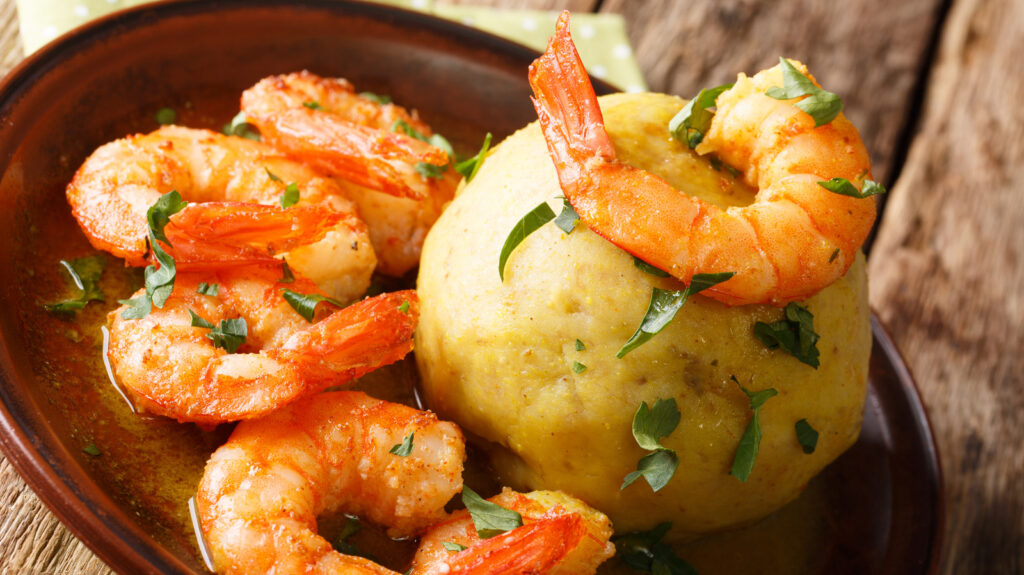
A Dish for Celebration and Everyday Life
In Puerto Rico, Mofongo is more than just a meal; it’s a celebration of culture and history. It’s a dish that brings families together, whether it’s a simple weekday dinner or a lavish holiday feast.
Variations Across the Island
As you travel across Puerto Rico, you’ll encounter variations of Mofongo that reflect the local flavors and preferences. Some might feature ripe plantains for a sweeter note, while others might incorporate different meats or be vegetarian-friendly.
The Cultural Tapestry of Mofongo
Mofongo’s significance extends beyond the plate. It’s a dish deeply entwined with Puerto Rico’s identity, symbolizing the blending of African, Taíno, and Spanish influences that define the island’s culture.
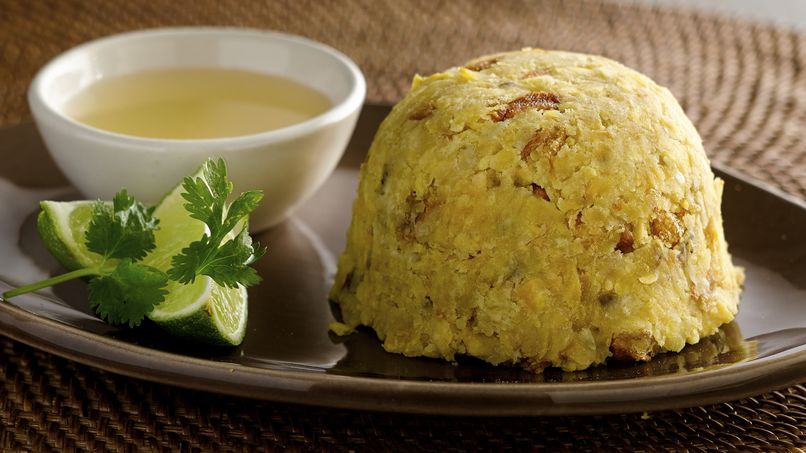
African Influence and Puerto Rican Identity
The African influence on Puerto Rican cuisine is undeniable, with Mofongo at the forefront. It’s a culinary homage to the island’s African ancestry, a delicious reminder of the enduring impact of African culture on Puerto Rican life.
Mofongo in Music, Art, and Literature
Mofongo has transcended the realm of food, finding its way into the island’s music, art, and literature. It’s celebrated in song lyrics, depicted in paintings, and written about in stories, further cementing its place in the cultural fabric of Puerto Rico.
Learn more about Mofongo’s cultural significance in our article on Mofongo’s place in Puerto Rican culture.
Savoring Mofongo
For those looking to savor Mofongo, it’s a dish best enjoyed in the company of friends and family, with lively conversation and the rhythms of salsa in the background. It’s an invitation to taste the rich tapestry of Puerto Rican culture, one bite at a time.
Making mofongo is like crafting a piece of edible art that tells a story of history, culture, and flavor. This iconic dish is a staple in Puerto Rican cuisine, showcasing the island’s rich culinary heritage. Here’s how to make this delicious and heartwarming dish.
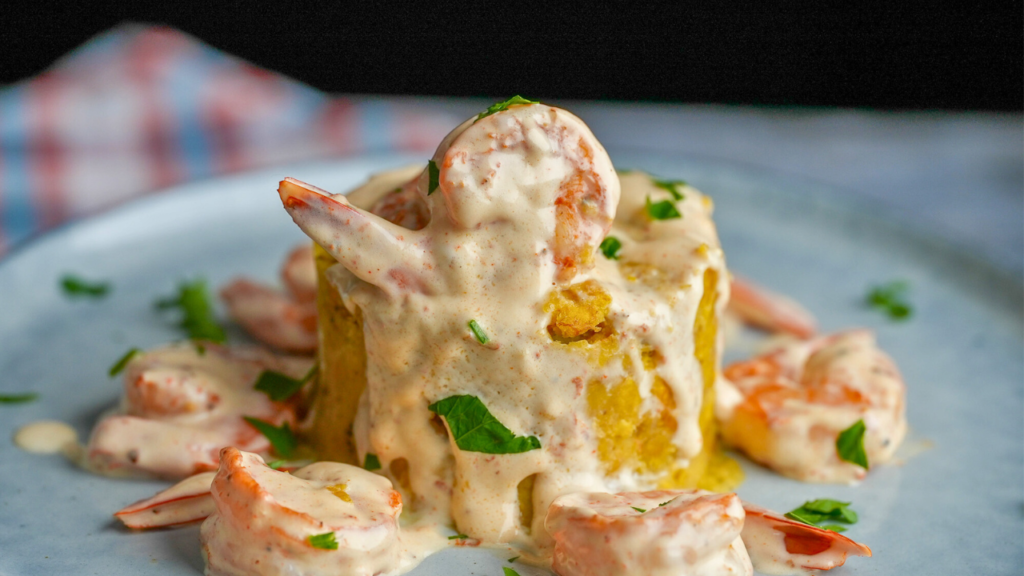
Ingredients
- Green plantains: 4 large, peeled and cut into 1-inch slices
- Garlic: 4-6 cloves, minced
- Pork cracklings (chicharrones): 1 cup, chopped (or substitute with bacon bits)
- Olive oil: 1/4 cup
- Chicken broth: 1/2 cup, warm
- Salt and pepper: to taste
- Cilantro: for garnish (optional)
Instructions
- Fry the Plantains:
- Heat olive oil in a large skillet over medium heat.
- Add the plantain slices and fry until golden brown and tender, about 3-4 minutes per side. Remove and drain on paper towels.
- Prepare the Garlic:
- In a mortar and pestle, mash the garlic with a pinch of salt to form a paste. If you don’t have a mortar and pestle, you can use a food processor.
- Mash the Plantains:
- In a large mixing bowl, combine the fried plantains, garlic paste, and chopped pork cracklings. Mash together until well combined but still chunky. The goal is to achieve a texture that’s a balance between smooth and chunky.
- Moisten the Mixture:
- Gradually add warm chicken broth to the plantain mixture, a little at a time, while continuing to mash. The broth helps to moisten the mofongo and bring all the flavors together. Add until you reach your desired consistency.
- Season and Serve:
- Season with salt and pepper to taste. Mold the mofongo into balls or scoop into serving bowls.
- Garnish:
- Garnish with fresh cilantro, if desired.
Serving Suggestions
Mofongo can be enjoyed on its own or as a side dish. For a more hearty meal, serve it with:
- Garlic shrimp: Sauté shrimp in garlic and olive oil for a delicious topping.
- Chicken or beef stew: Mofongo pairs wonderfully with a rich, savory stew.
- Vegetarian option: Top with sautéed vegetables for a lighter yet satisfying meal.
Fun Fact
Did you know that mofongo is believed to have roots in African cuisine, brought over by enslaved Africans to the Caribbean? Over time, it evolved and adapted to include local ingredients and flavors, making it a unique blend of cultural influences.
Where to Find the Best Mofongo
The quest for the best Mofongo leads to the heart of Puerto Rico’s culinary scene. From the bustling streets of San Juan to the serene countryside, Mofongo is a dish that reflects the local flair. To find the most authentic Mofongo, one should visit the island’s traditional “fondas” or small eateries, where recipes have been perfected over generations. Food festivals and street fairs also offer a platform for innovative takes on this classic dish, showcasing the creativity of Puerto Rican chefs.
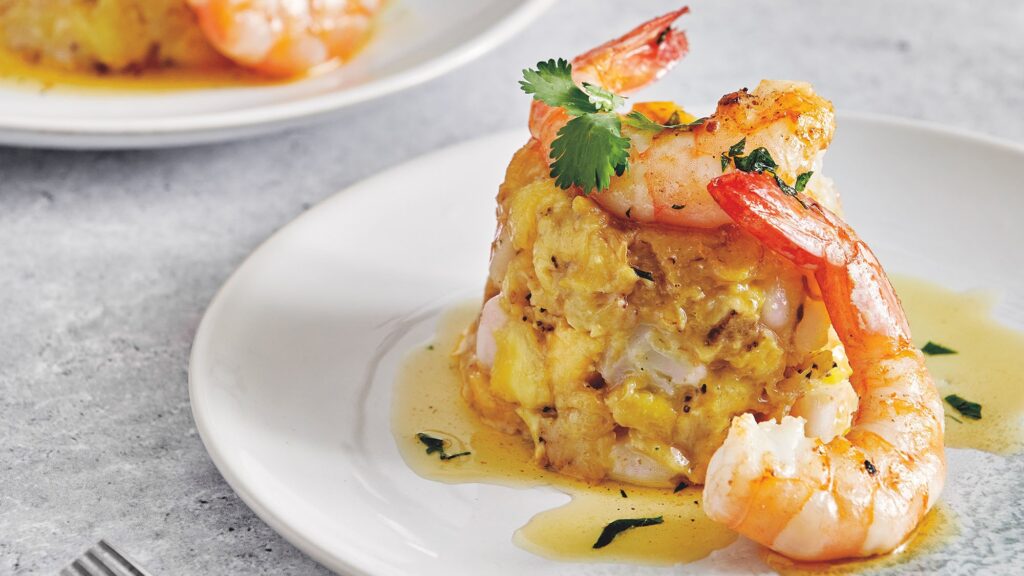
Tips for Enjoying Mofongo Authentically
To fully appreciate Mofongo, consider these tips:
- Freshness is Key: Look for places that prepare Mofongo with fresh ingredients, as this greatly enhances the flavor.
- Savor the Combinations: Mofongo is versatile. Try it with different accompaniments like seafood, chicken, or vegetables to experience a range of flavors.
- Respect the Craft: Appreciate the skill that goes into making Mofongo. It’s a dish that requires time-honored techniques and patience.
Final Analysis
Mofongo is not just a beloved dish of Puerto Rico; it is a culinary emblem that encapsulates the island’s rich history and cultural diversity. Its African origins, combined with local ingredients and traditions, have given rise to a dish that is deeply embedded in the Puerto Rican way of life.
From its presence in music and art to its role in family gatherings and festivals, Mofongo is a testament to the island’s ability to blend various cultural influences into a unique and vibrant gastronomy. As we savor Mofongo, we celebrate the spirit of Puerto Rico—a spirit of resilience, community, and joy expressed through the universal language of food.
Disclosure: Our blog contains affiliate links to products. We may receive a commission for purchases made through these links. However, this does not impact our reviews and comparisons. We try our best to keep things fair and balanced, in order to help you make the best choice for you.
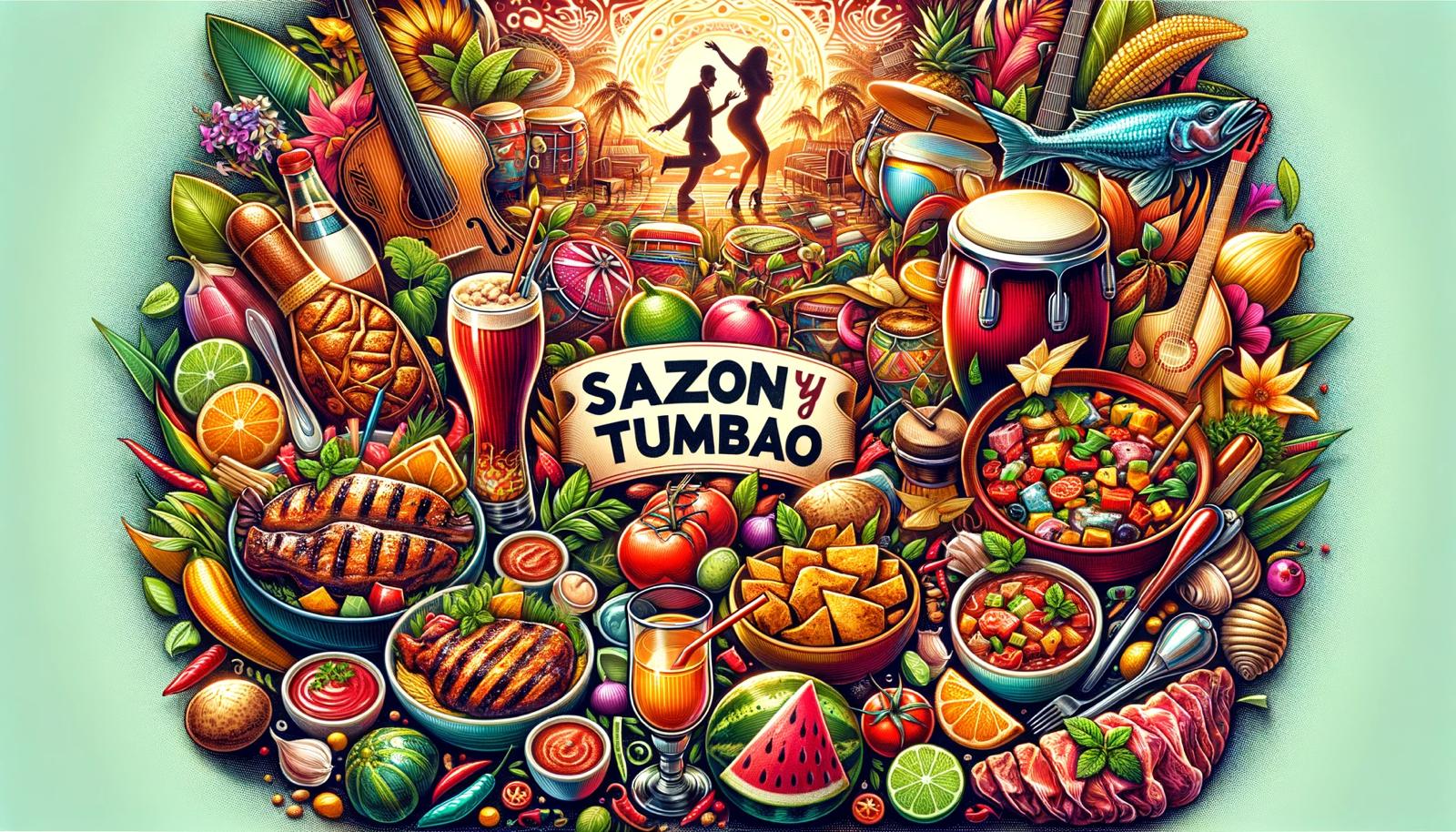

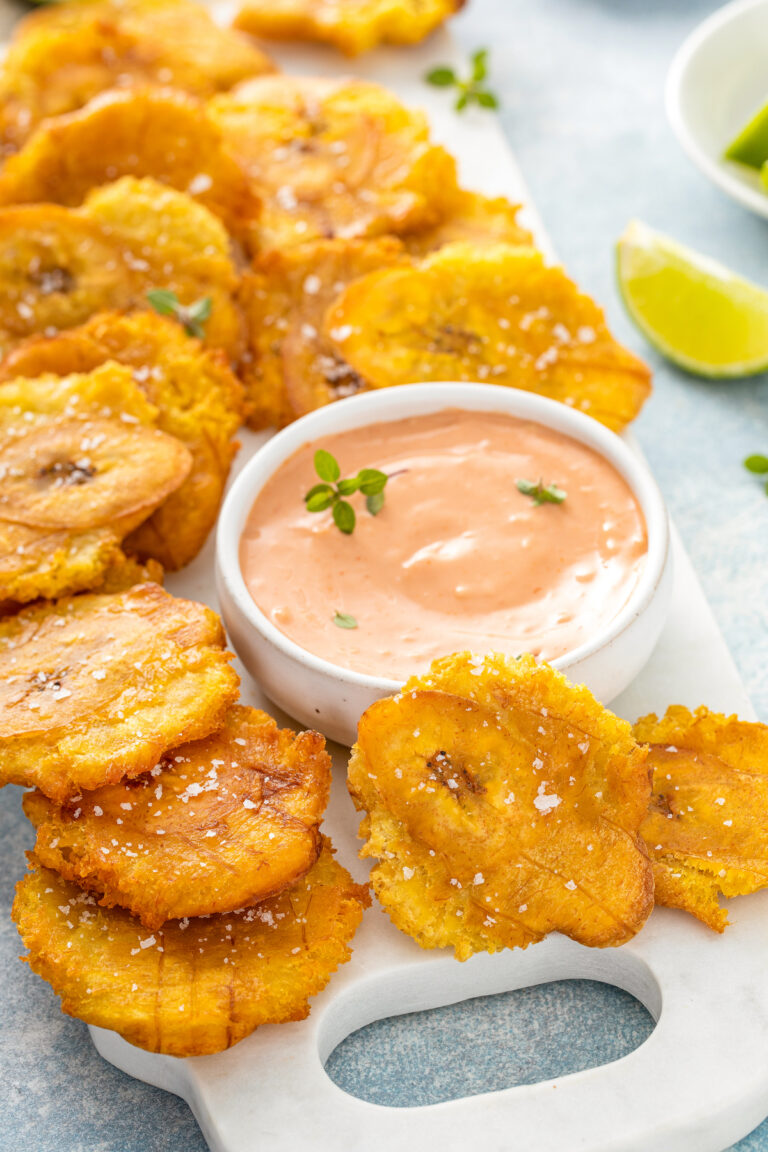

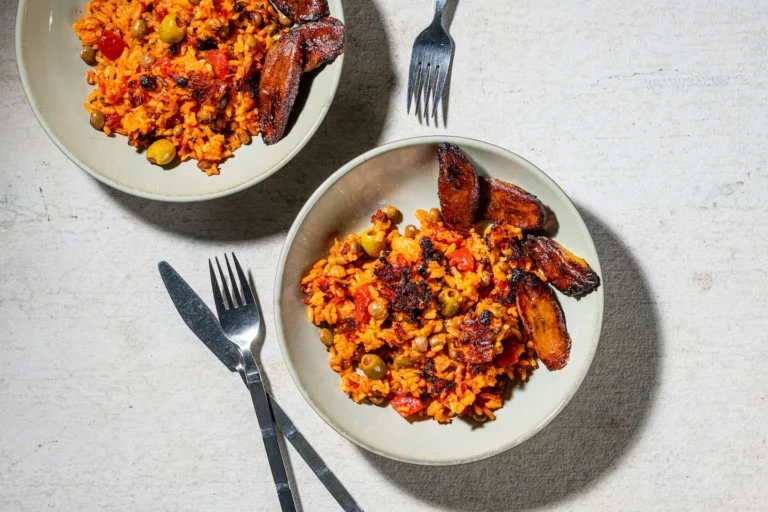
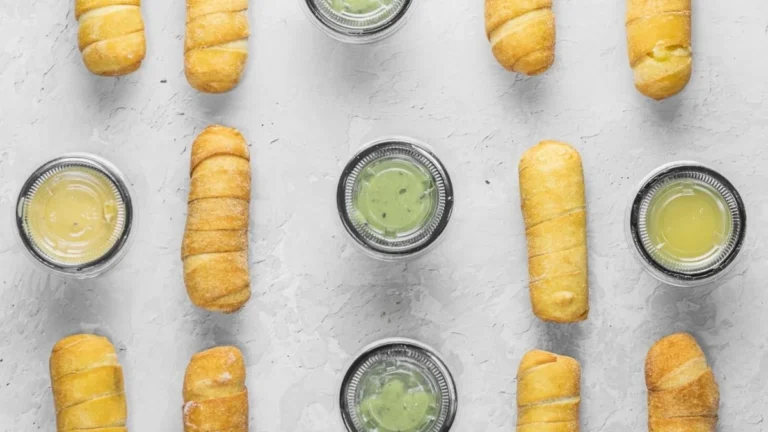
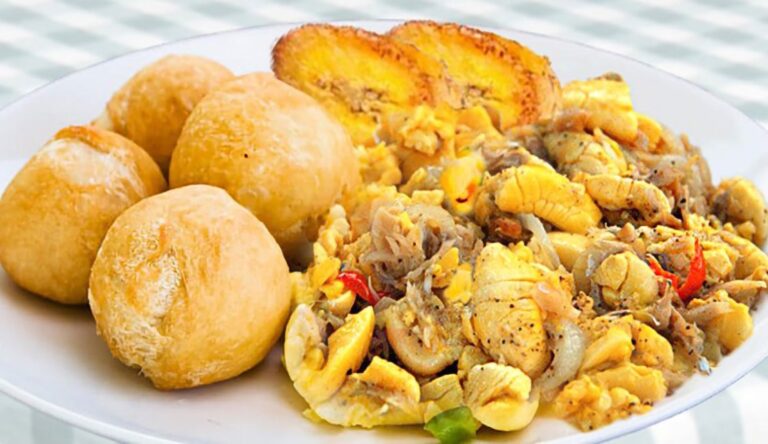
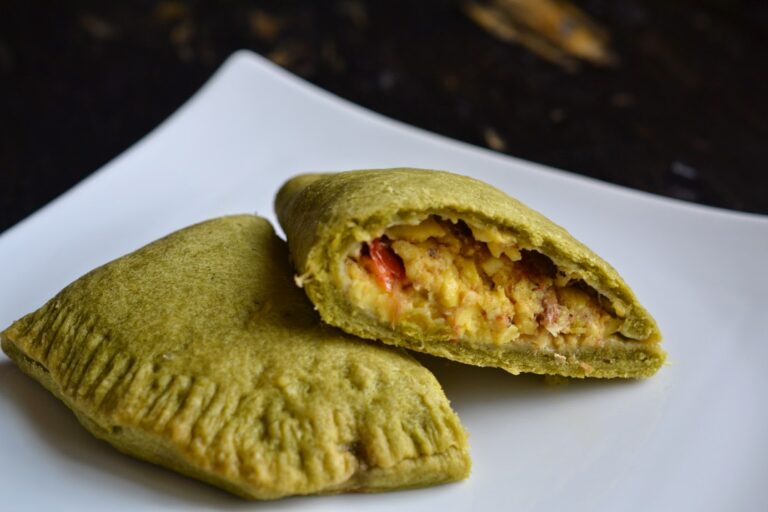
3 Comments